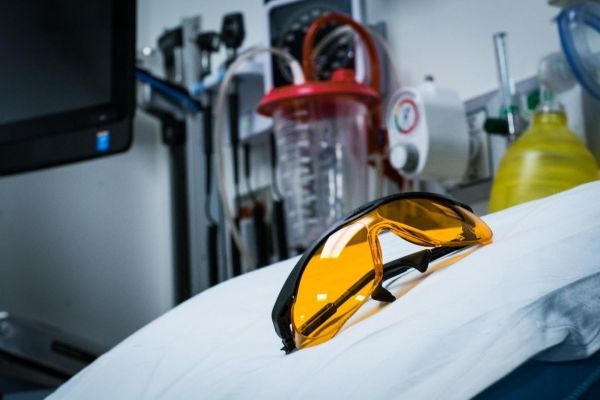In a study funded by the National Institutes of Health, West Virginia University neuroscientists linked white light at night—the kind that typically illuminates hospital rooms—to inflammation, brain-cell death and higher mortality risk in cardiac patients.
Randy Nelson, who chairs the Department of Neuroscience in the WVU School of Medicine, and Courtney DeVries, the John T. and June R. Chambers Chair of Oncology Research at WVU, re-created cardiac arrest in animal models. Doing so temporarily interrupted the brain’s oxygen supply. Then the researchers and their colleagues divided the models into three groups that would spend their nights in—respectively—dim red light, dim white light and the dark.
After seven nights of this regimen, the researchers evaluated the health of the models’ brain cells. Exposure to white light at night caused multiple poor outcomes. The researchers’ findings are published in Experimental Neurology.
Cardiac arrest was more likely to be lethal for models in the white-light-at-night group, whereas the mortality rate in the red-light-at-night group did not differ from the group that stayed in darkness.
Read more at West Virginia University
Image: WVU neuroscientists are studying whether wearing glasses with orange lenses at night can improve outcomes in cardiac patients. The glasses filter out blue light, which the researchers tied to inflammation, brain-cell death and greater mortality in a recent study based on animal models. (Credit: WVU)


